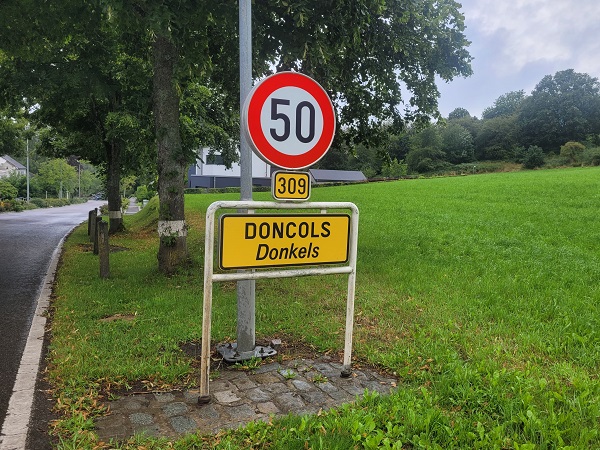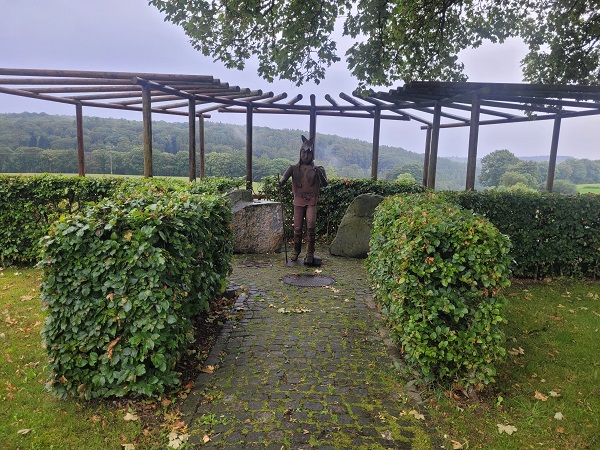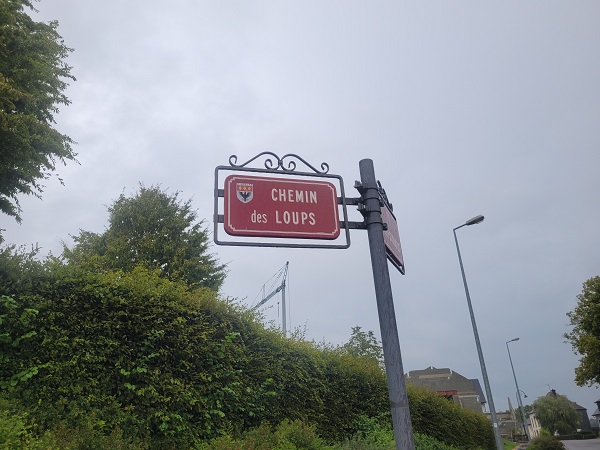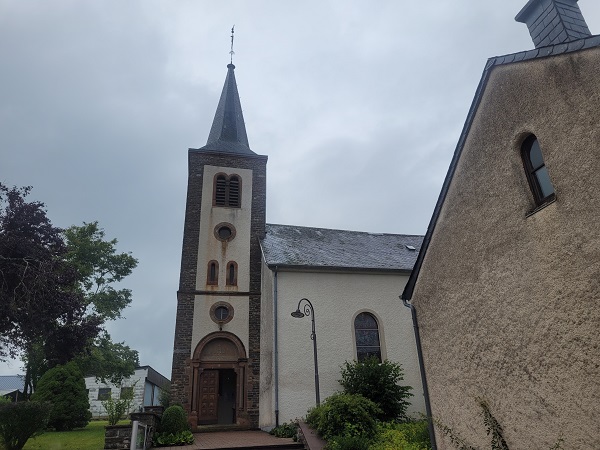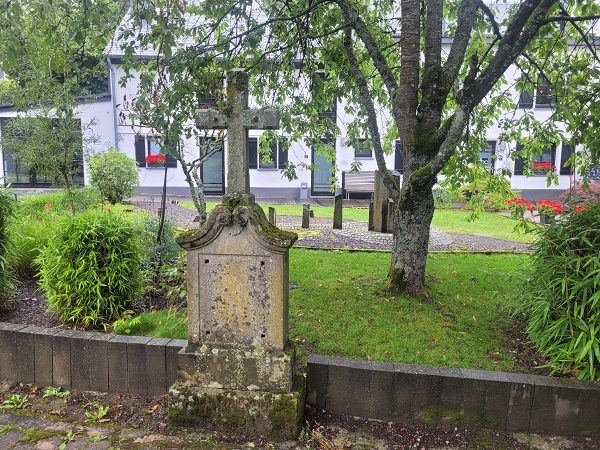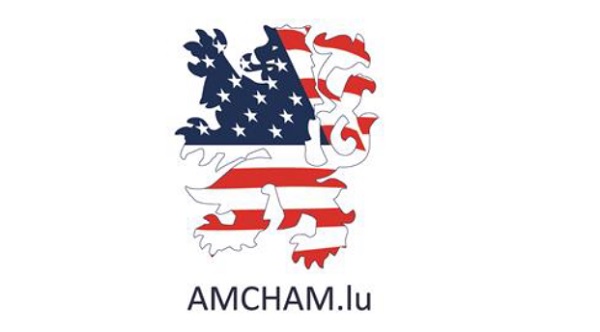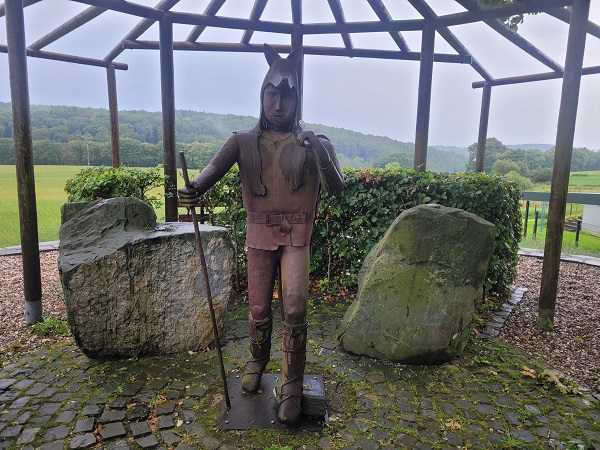 Doncols Wolf Man;
Credit: Jazmin Campbell, Chronicle.lu
Doncols Wolf Man;
Credit: Jazmin Campbell, Chronicle.lu
Throughout August, Chronicle.lu will be shining a spotlight on various villages across the Grand Duchy; the focus is mainly on some of the (perhaps) lesser-known villages with particular points of interest or an interesting history (e.g. cultural and/or industrial heritage).
The next article in this series is dedicated to Doncols, a village in the municipality of Winseler in north-western Luxembourg (Canton Wiltz) with a population of about 460. Like nearby Sonlez, Doncols (Donkels in Luxembourgish) was one of the only historically Walloon-speaking villages in Luxembourg. With the Treaty of London in 1839, Luxembourg lost two-thirds of its territory (including most Walloon-speaking parts) to the newly created Belgian province of Luxembourg. In 1980, Luxembourgish linguist and writer Alain Atten published a linguistic study (and dictionary) on the Walloon dialect found in these two villages.
Like other villages in the region, the Battle of the Bulge marked one of the darkest periods in Doncols' history. Remembrance tourism plays an important role here.
Doncols is also a place of legend, specifically that of the "Donkelsser Wollef" (Doncols wolf - or rather wolfman). Note that Édouard Wolff officially killed the last wolf in Luxembourg, in the Olingen forest, back in 1893. For many years before this, however, people in Luxembourg lived in fear of wolf attacks. According to Luxembourgish writer Jos Emeringer, a series of wolf attacks notably occurred in the north of the country in 1847. There were reports of some 100 wolf sightings in and around Doncols that year, with hunters killing 58 wolves. Thanks to a decree dating to 1795, anyone able to prove they had killed a wolf was entitled to receive a considerable reward (payment).
Within this context, the folk tale goes that there was a shepherd from Bras (a village in the Belgian province of Luxembourg) who moved to Doncols and became a peddler in the early 19th century. The man travelled around the region, selling handmade baskets to store various items. He earned the name "Donkelsser Wollef" because he wore a wolfskin as a hat and cape; he told people that he had killed the large and fearsome beast with a large stone. He claimed to have killed dozens more, although he always wore the same wolfskin, and he did so for so long that it became like a second skin. He grew a beard and he himself "became" the wolf, (unintentionally) sparking fear in local children who nonetheless enjoyed his wolf hunting stories. He continued to share tales of his "feats", speaking of unusual ways of killing wolves and how he tricked them into thinking he was one of them. He slept in sheds throughout the region, never marrying or having children. More a storyteller than a hunter, the fate of the "Donkelsser Wollef" remains unknown but the legend lives on today.
There is a monument dedicated to the "Donkelsser Wollef" in the village of Doncols. The wolfman statue is nestled between hedges and sheltered by a pergola. An explanatory sign next to the site presents this legend to visitors (in German and French).
Moreover, the WS 4 - Doncols trail departing from and returning to the local church (Église Saint-Gangulphe) helps keep this story alive as visitors embark on this scenic hike. There is also a street in the village called the "Chemin des Loups" (path of wolves).
The aforementioned church, located on the aptly named "Kirchewee" (church path), is dedicated to Saint Gangulphus of Burgundy, whose feast day falls on 11 May. The first mention of a chapel in Doncols was in a legal document dating to 1640, at a time when the village still belonged to the parish of Sonlez. In 1872, Doncols became the seat of the parish.
According to the website of the municipality of Winseler, the first mention of the locality itself (under the name "Donco") likely dated to the late 13th century. In 1469, more concrete data indicated that Doncols housed a town hall covering the localities of Doncols and Sonlez, among others. There were some sixteen houses cited at the time. The French Revolution put an end to the feudal regime and the town hall of Doncols vanished; the village instead became part of the municipality of Winseler.
In nearby Bohey, a hamlet belonging to Doncols, one can find a restaurant, a petrol station and some shops (including a beverage shop).

